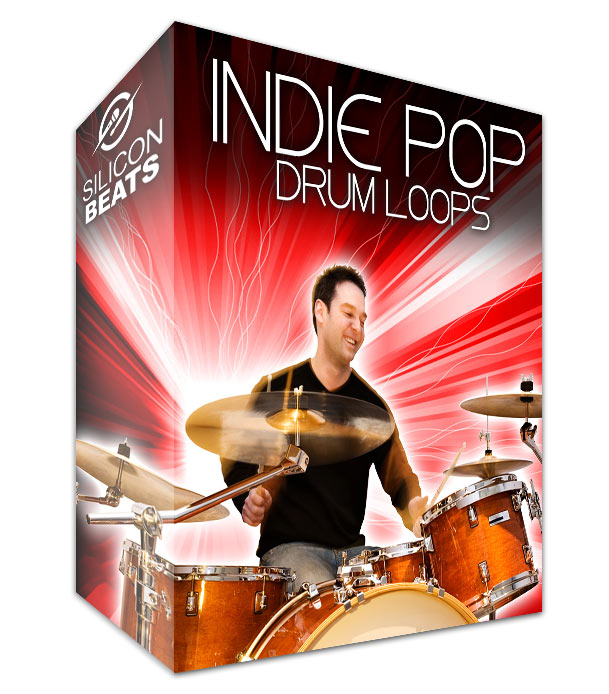
Some DAWs are able to display the drum kit parts instead of piano keys, which makes it much easier to write parts. You need to learn where each part of the drum kit lines up in the piano roll and learn to write drum parts by drawing each note. The main disadvantage of this method is the learning curve. Handy tools to adjust hit velocity or ‘humanize’ timing.Easy to copy/paste parts to fill an entire song.Here are some advantages to writing drum parts in the piano roll: I know that looks confusing, but I’ll go through ways of making this easier to use. So in the above example, you can see that the note C1 is used in the drum plugin for the bass drum, D1 for the snare, A#1 for the hi-hat, and A2 & F#2 for different crash cymbals. The basic idea is that each note position matches a piece of the drum kit. It might look confusing at first, but it doesn’t take long to feel comfortable with writing drum parts in this way. The above screenshot shows what a typical piano roll looks like with drum parts. With this method, you draw the drum parts into the piano roll, then the drum plugin will play the parts you write. Most DAWs will have a piano roll where you can draw notes on the screen to play on a virtual instrument. The most common way of creating drum tracks in a DAW is to use the DAW’s piano roll.
Garageband drums tutorial free#
I’ll be using a free drum plugin called MT Power DrumKit 2 in this tutorial, but you can use any plugin you want. If you’ve never used a drum plugin before, grab one of the free plugins covered in the guide to follow along with this tutorial.

The basic idea with a virtual instrument plugin is that you set up a drum track in your DAW, then the plugin will play the appropriate samples to match the parts you create.Ĭheck out this guide to the Best Free and Paid Drum Plugins to find one that suits you. You’re able to load in different sounds for cymbals, snares, kick, and toms to suit different styles of music. The above screenshot shows what a typical virtual instrument plugin looks like for drums.

There are quite a few free and paid virtual instrument plugins for drums available. While nothing may ever be able to completely compete against an actual musician performing on real instruments, virtual instrument plugins can get surprisingly close. Virtual instrument plugins have come a long way and when used properly, they can sound incredibly realistic. You can find virtual instrument plugins for piano, bass, drums, keyboards, violin, cello, saxophone, or almost any other instrument you can think of.

Virtual instrument plugins allow you to create tracks for instruments you’re unable to record yourself. The next thing you need is a Drum Virtual Instrument Plugin. But I have tutorials that explain the basics of recording guitar in the most popular DAWs, so you’ll be fine. If you haven’t used a DAW before, the above screenshot may look intimidating. If you don’t already have a DAW, check out this guide on the Best DAWs for Guitar to find one that suits you.

The first thing you need is a DAW (Digital Audio Workstation).Ī DAW is what you will be recording your guitar parts in and what you will set up your drum tracks in. There are both free and paid options that vary in quality. You need a few things to create realistic-sounding drum tracks for your recordings. 6.1 Related Guides and Lessons: What You Need to Create Drum Tracks


 0 kommentar(er)
0 kommentar(er)
